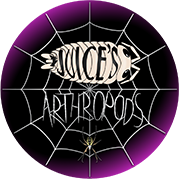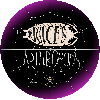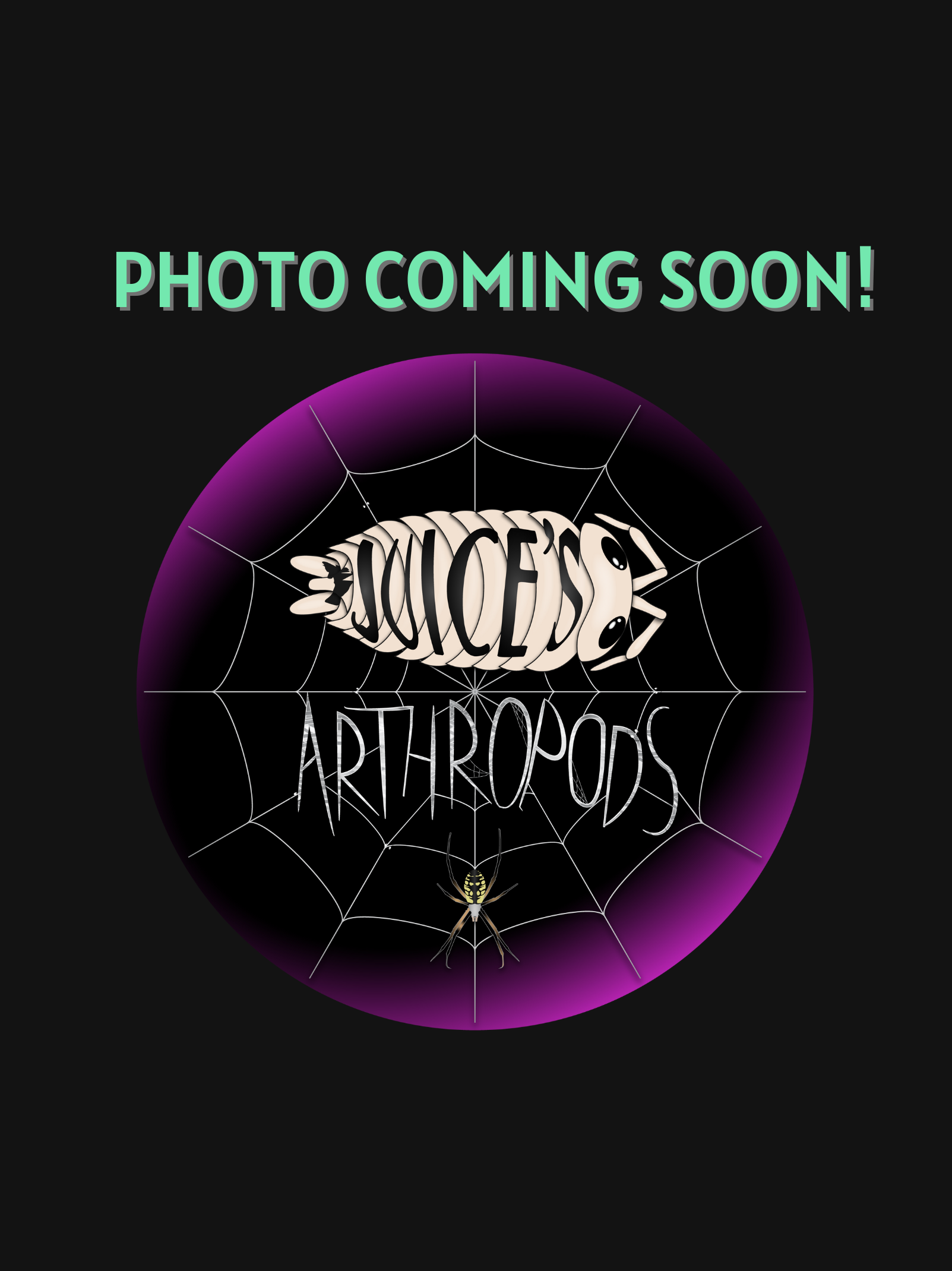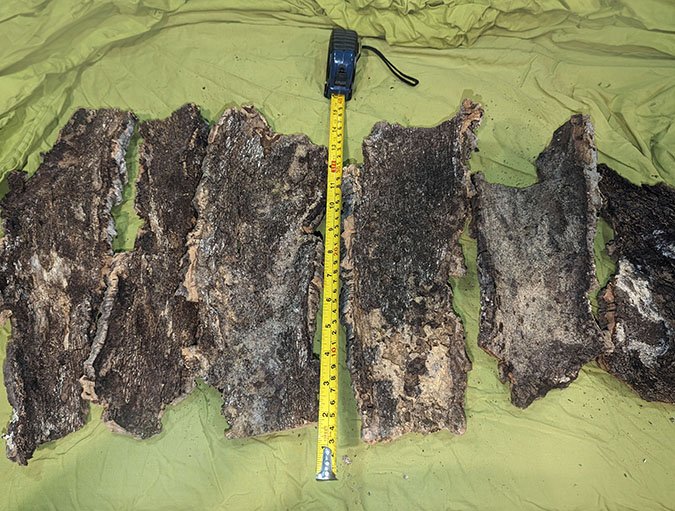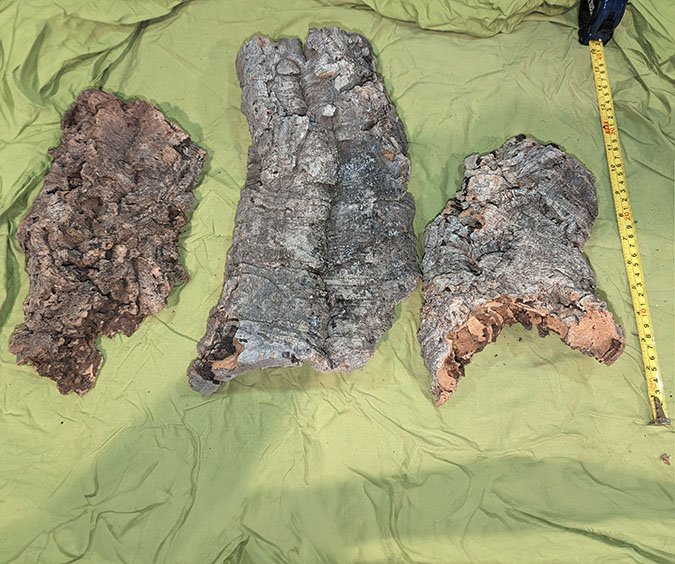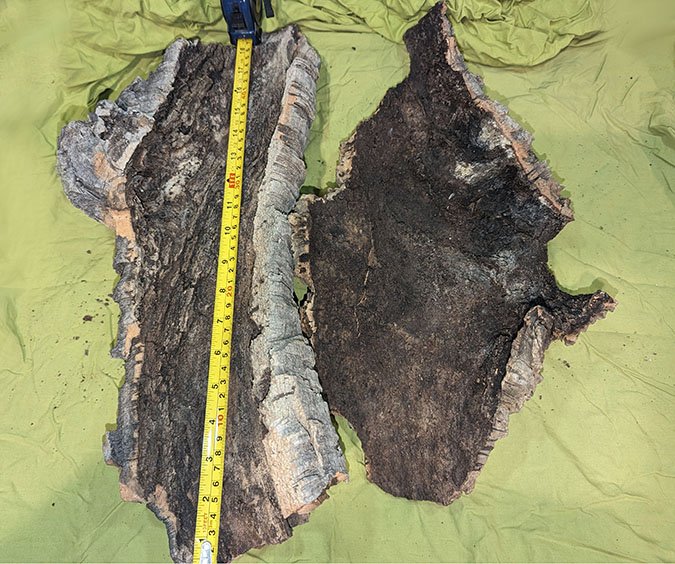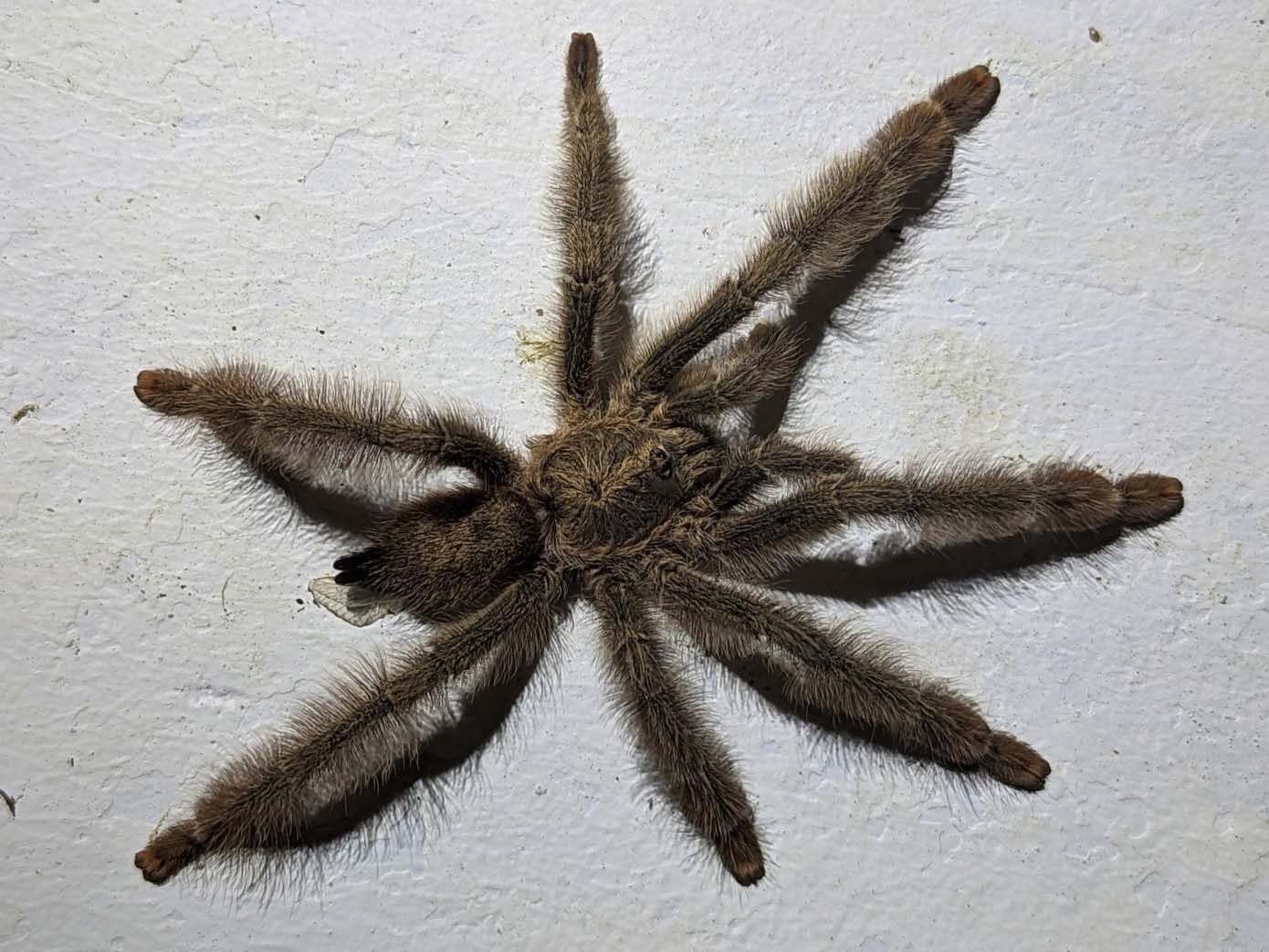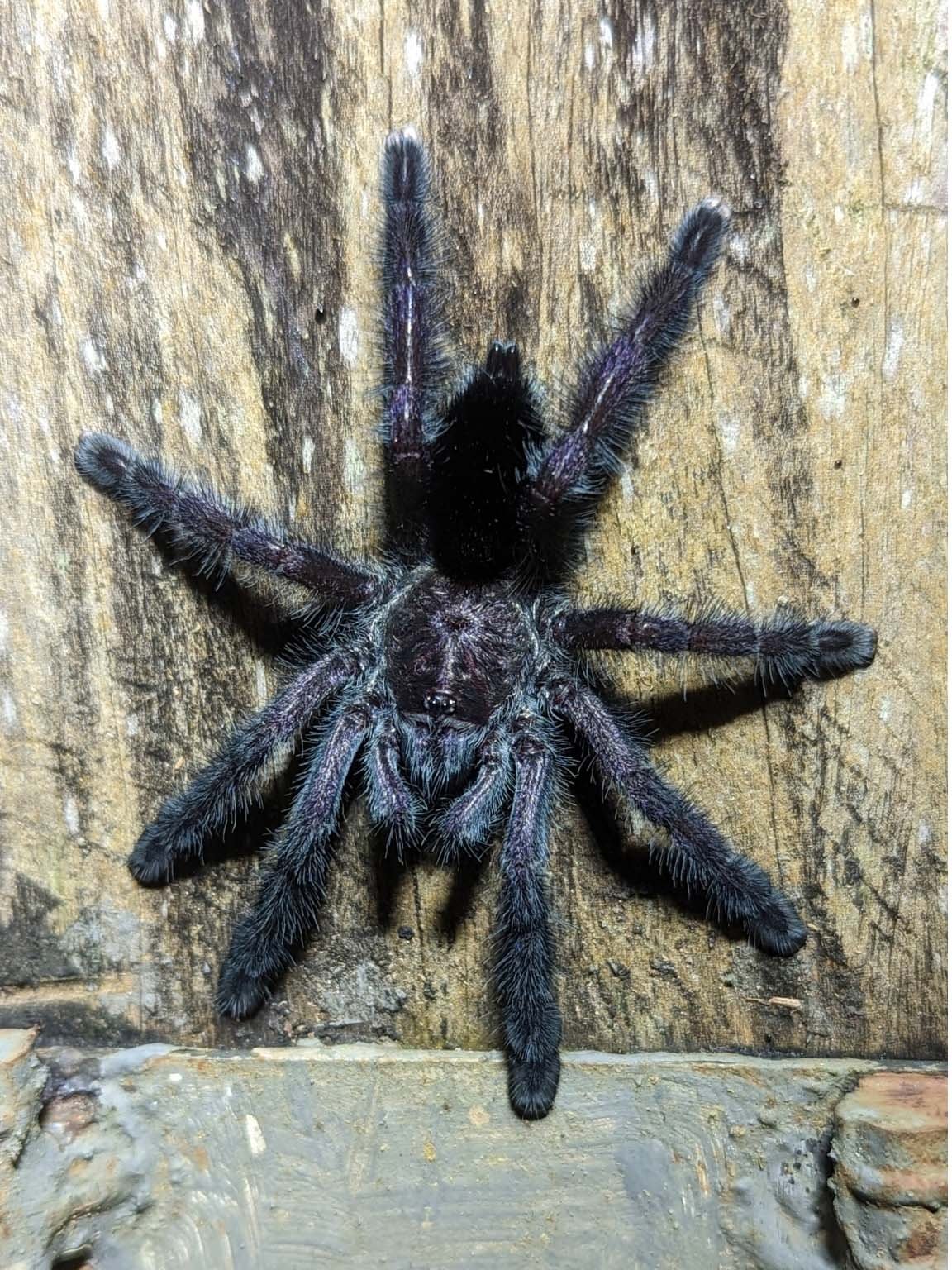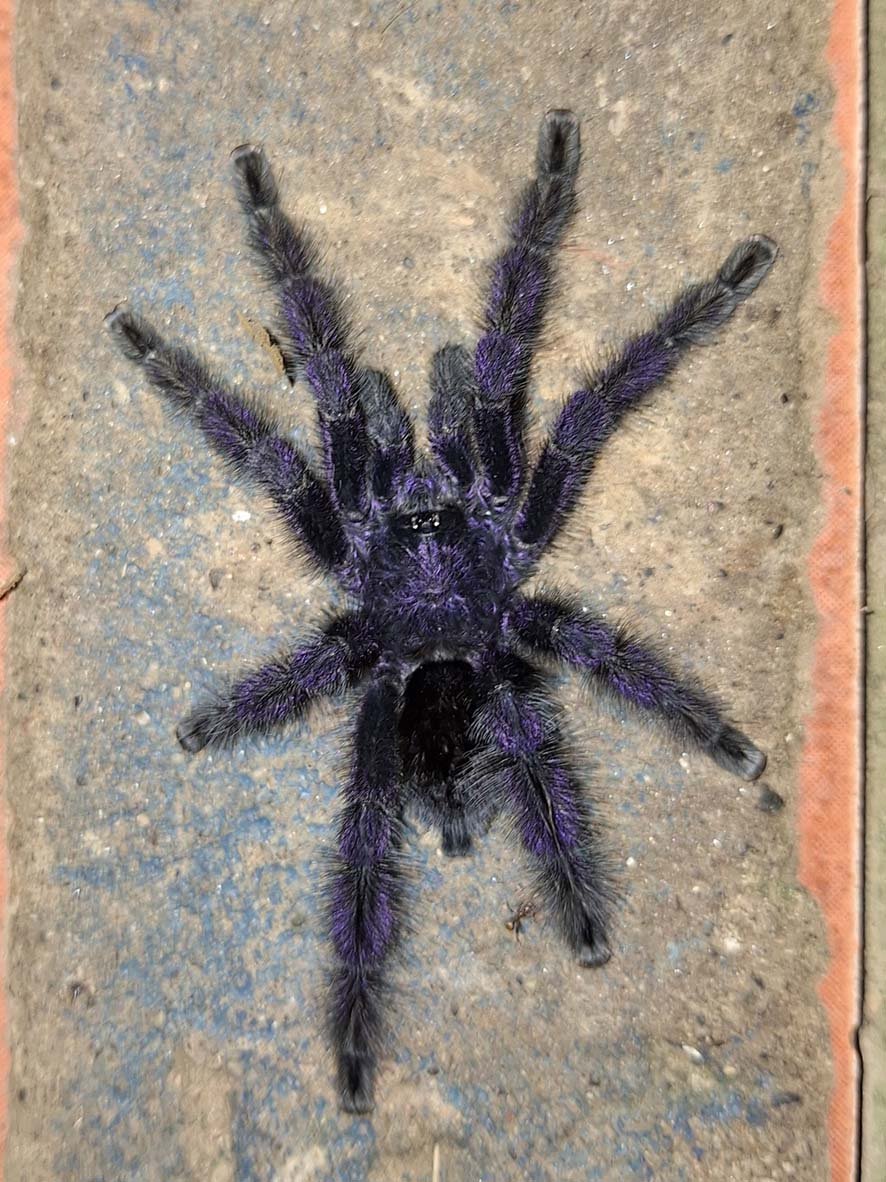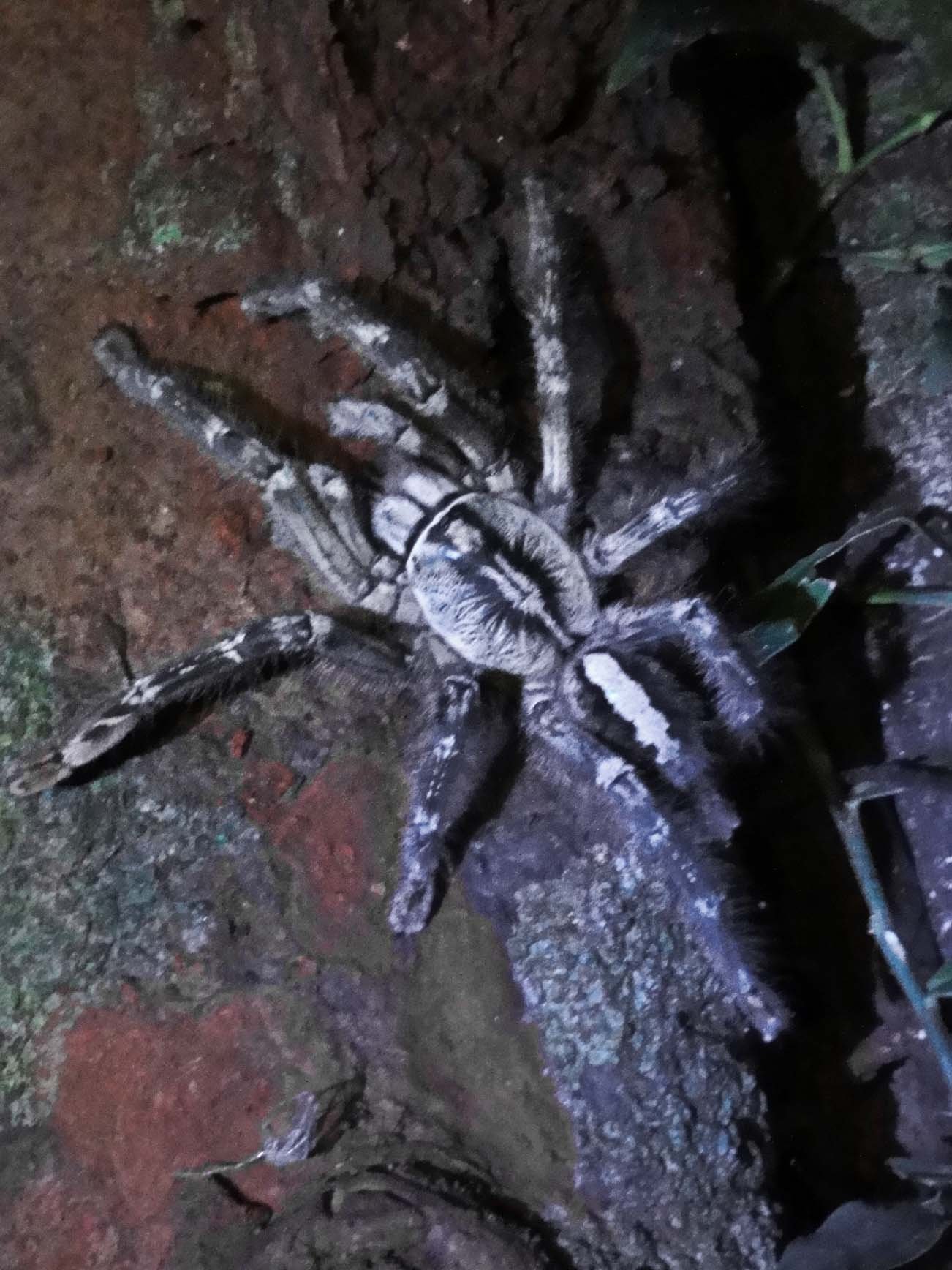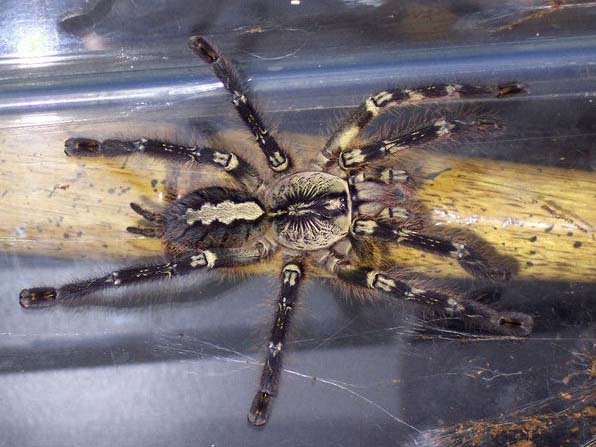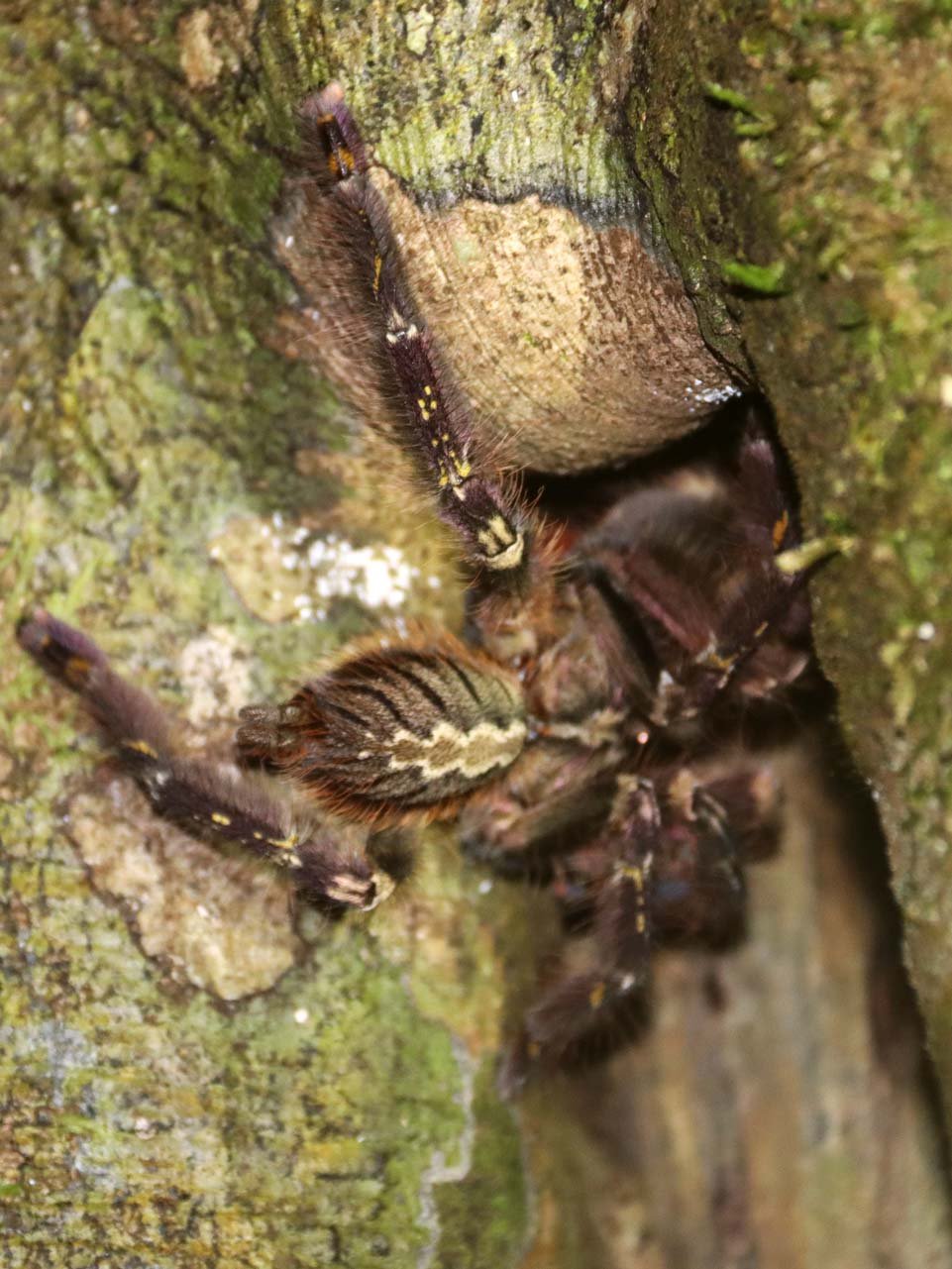Heteroscodra maculata
Heteroscodra maculata, commonly known as the Togo Starburst Baboon Tarantula, is a strikingly patterned Old World arboreal species native to Togo and Ghana in West Africa. It is renowned for its pale ivory to silvery coloration, overlaid with a complex pattern of dark mottling and starburst-like markings across the body and legs. Though not vividly colored, its intricate markings and ghostly sheen make it one of the most visually captivating tarantulas in the hobby.
Despite its common name, Heteroscodra maculata is not a true baboon tarantula. However, it shares many behavioral and physiological traits with African terrestrial baboons, including extreme speed, defensive behavior, and potent venom. It is a highly secretive and reclusive species, typically hiding within a dense web structure, only emerging to ambush prey or during nocturnal activity.
Heteroscodra maculata, commonly known as the Togo Starburst Baboon Tarantula, is a strikingly patterned Old World arboreal species native to Togo and Ghana in West Africa. It is renowned for its pale ivory to silvery coloration, overlaid with a complex pattern of dark mottling and starburst-like markings across the body and legs. Though not vividly colored, its intricate markings and ghostly sheen make it one of the most visually captivating tarantulas in the hobby.
Despite its common name, Heteroscodra maculata is not a true baboon tarantula. However, it shares many behavioral and physiological traits with African terrestrial baboons, including extreme speed, defensive behavior, and potent venom. It is a highly secretive and reclusive species, typically hiding within a dense web structure, only emerging to ambush prey or during nocturnal activity.
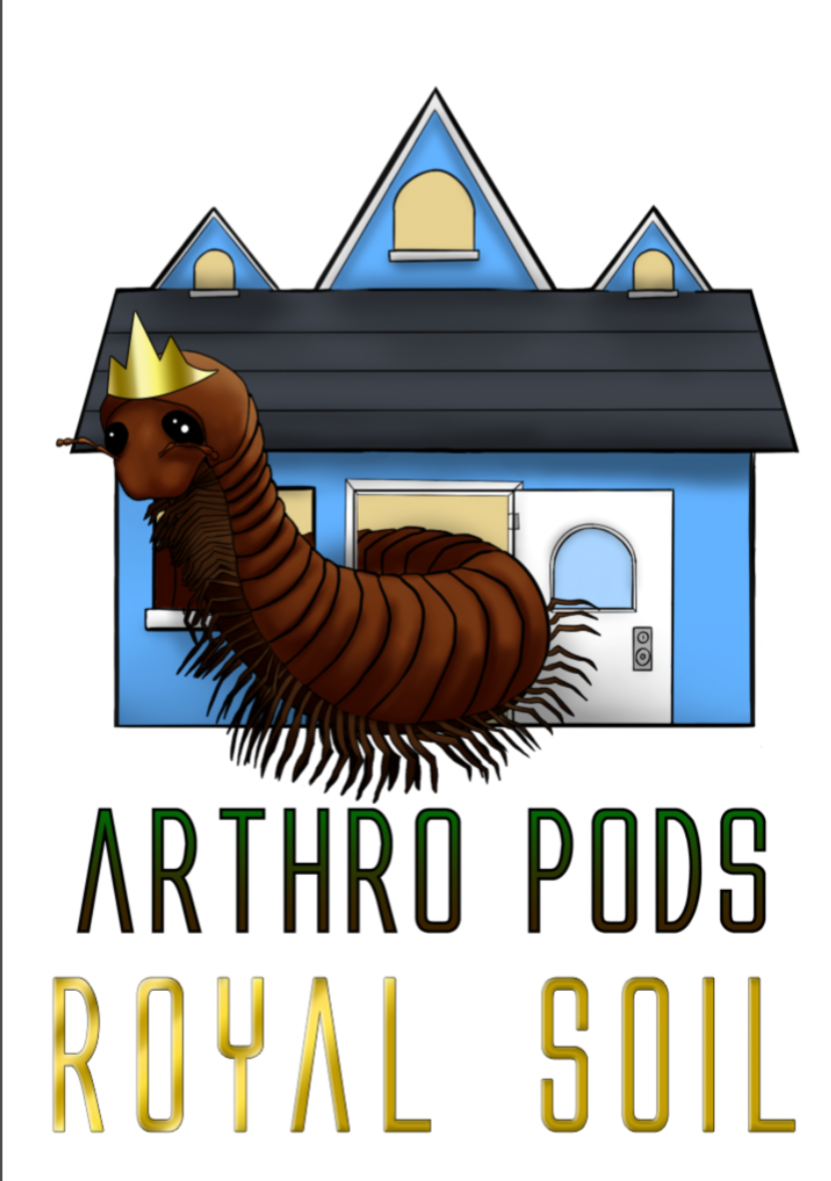

Heteroscodra maculata, commonly known as the Togo Starburst Baboon Tarantula, is a strikingly patterned Old World arboreal species native to Togo and Ghana in West Africa. It is renowned for its pale ivory to silvery coloration, overlaid with a complex pattern of dark mottling and starburst-like markings across the body and legs. Though not vividly colored, its intricate markings and ghostly sheen make it one of the most visually captivating tarantulas in the hobby.
Despite its common name, Heteroscodra maculata is not a true baboon tarantula. However, it shares many behavioral and physiological traits with African terrestrial baboons, including extreme speed, defensive behavior, and potent venom. It is a highly secretive and reclusive species, typically hiding within a dense web structure, only emerging to ambush prey or during nocturnal activity.
What's the ideal diet for a Togo Starburst Baboon Tarantula?
All Tarantulas can eat a variety of feeders. Stick to crickets, dubia roaches, silkworms, horned worms occasionally, and a superworm or mealworm as the occasional treat!
How should I keep a Togo Starburst Baboon Tarantula?
For this particular creature, you can start with the small Arboreal Bliss enclosure, and when they get to be about ⅓ the size, you will want to upgrade to the medium or large Arboreal Bliss enclosure. Feed them as slings once a week, twice if their opisthosoma (abdomen) looks small, but if the opisthosoma is wider than their prosoma (pneumothorax), then wait a couple of days to feed. For juveniles or adults, stick to feeding once a week, nothing larger than their opisthosoma. Make sure to keep a full water dish at all times; wider and deeper is preferred.
How long could a Togo Starburst Baboon Tarantula live?
Females are believed to live upwards of 15+ years, and males not exceeding around 4 years of age. All estimates are based on multiple sources.
